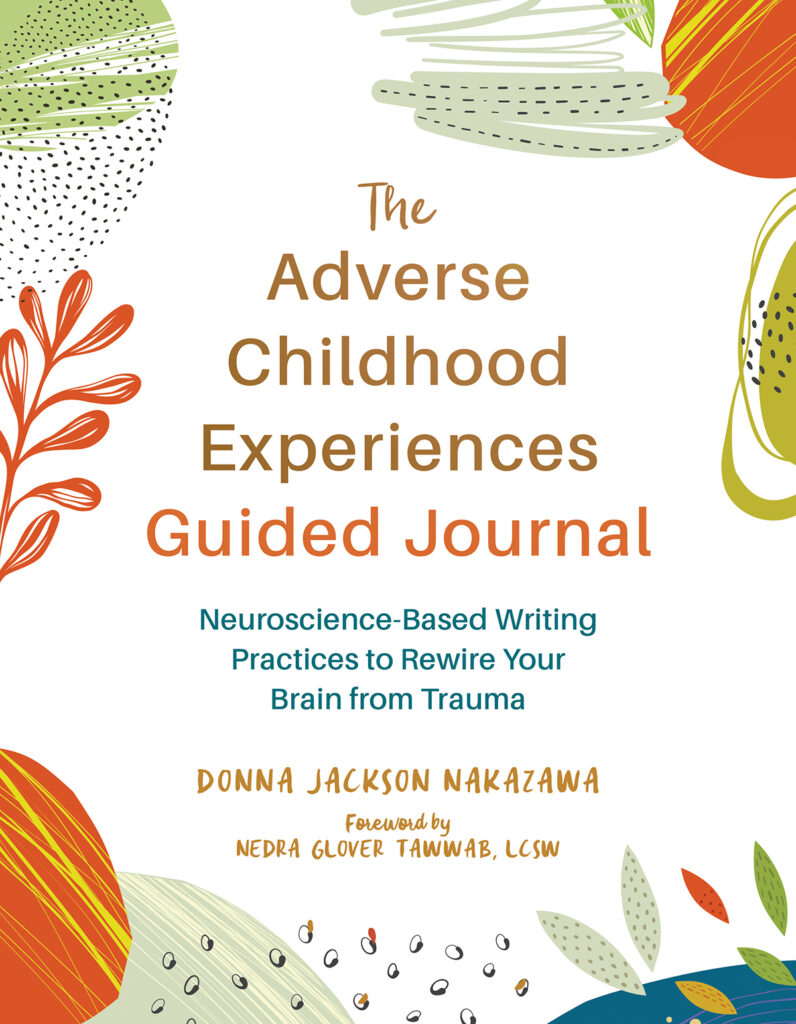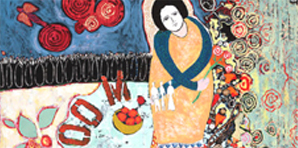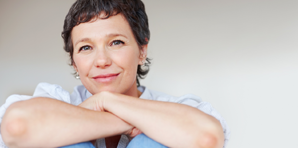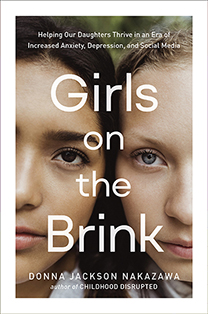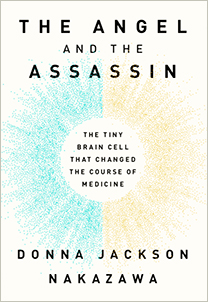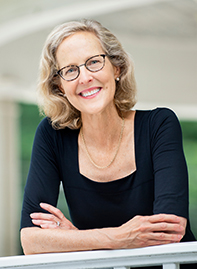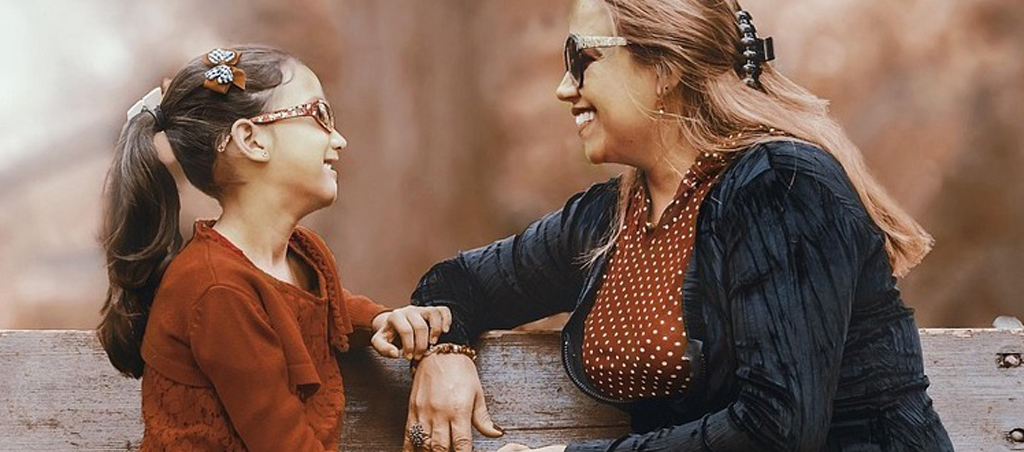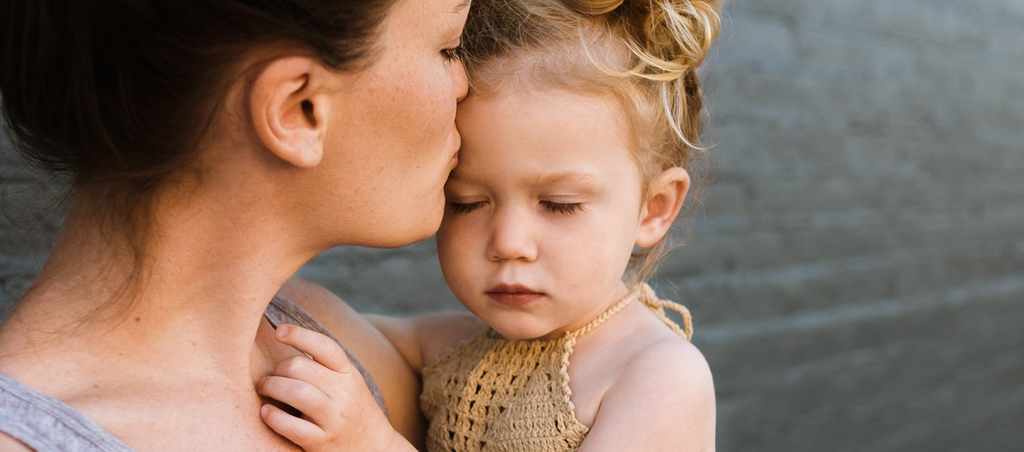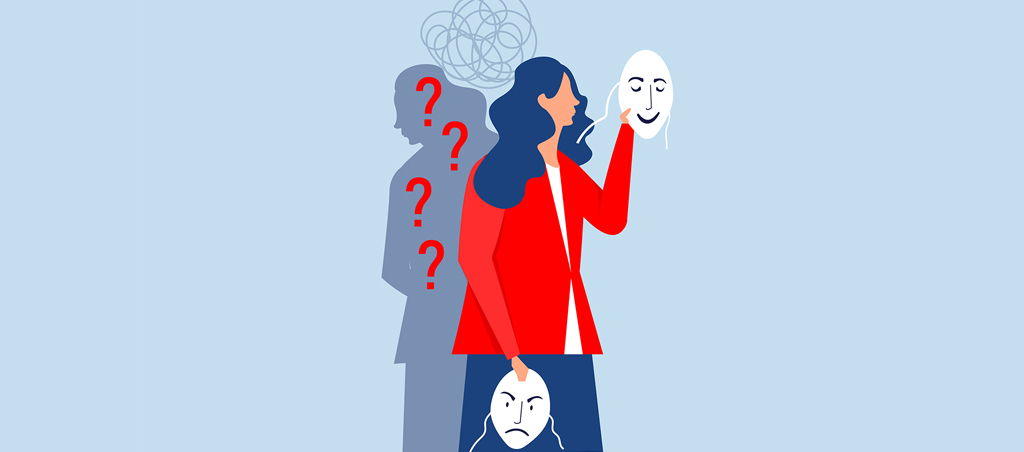I’ve been listening to what you have to say. For years, as I’ve traveled around giving talks, and as I’ve corresponded with many of you by email, I’ve heard your message, loud and clear.
Pain, fatigue and fear, so many of you have confided to me, are terribly distracting. They narrow our bandwidth to the point that joy can’t get in. Not long before I started writing The Last Best Cure I gave a lecture at a hospital conference on wellness, and afterwards a lovely, fortysomething woman confided to me that she was a recent breast cancer survivor. She was doing well, she said. “Well enough.” Then she put her hand on my arm and said, “Only it’s as if I’ve been standing at a window for too long, watching others savor a fullness – a joy — in living I’m afraid I’ll never know again.” Like so many with chronic health challenges, she appeared to be perfectly fine. But appearances can be deceiving. Statistics from the Census bureau tell us that 96 percent of us who manage a chronic health issue have an illness that has no surface manifestation—no cane, cast, bandages or obvious signs of pain.
I signed her book and never saw her again. But her words stayed with me. Every time my “want to do” list — as a mom, a wife, a writer — exceeded my physical stamina, I realized that I, too, was pretending to be “well enough.” I, too, felt robbed of my sense of joy. I didn’t want to live that way.
The Last Best Cure was born out of my own personal frustration to find more tools in the toolkit for healing and well-being – for myself and for you. So many of you have shared your stories with me of searching for joy and well-being despite chronic health challenges. I’ve been inspired by your determination and courage. Tomorrow I’ll tell you a little bit about the research that made me realize we could find our way back to joy again — savor a fullness, a joy in living — even in the face of chronic conditions.
